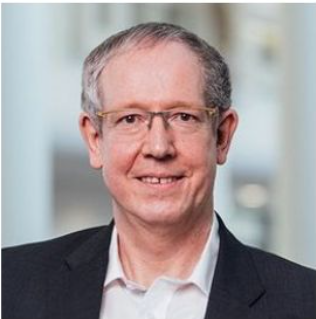Heterogeneous Catalysis in Nanopores: The Benefit of Hierarchical Pore Systems
by Dr., Roger Glaser
Nanoporous catalysts are applied in a broad range ofchemical conversions. Often, however, low catalyst effectiveness factors may result, if mass-transfer limitations exist. Additional pore systems with larger dimensions in the macro- and mesoporous range may help to increase accessibility and mass-transfer to and away from the catalytically active sites. This presentation will highlightseveral examples in the field of catalysis over hierarchically structured materials. In particular, the role of diffusion forchemical reactions occurring on and in hierarchical nanoporous catalysts will be emphasized. First, microporous catalysts with a secondary “auxiliary” system of larger, mainly mesopores and, thus, improved catalyticactivity or stability will be treated.
The discussion will involve the transport scenarios of fast and slow molecular exchange, accessibility of active sites as well as the potential influence of surface barriers on the prevailing transport properties within the catalysts. Secondly, the potential of ntroducing larger (macro)pores and optimizing the geometry of hierarchical pore systems for the use in heterogeneous catalysis will be outlined. Considerable rate enhancements can be achieved, e.g., for the selective catalytic reduction of NO with NH3 over eso-/macroporous V2O5/TiO2 catalysts, based on theoretical evidence, or for the methanation of CO2 over Ni on over meso/macroporous Al2O3 monoliths. Finally, future challenges will be derived enabling a rational design of catalysts with complex ierarchical pore systems based on advanced experimental and theoretical methods to study molecular diffusion and conversion.


